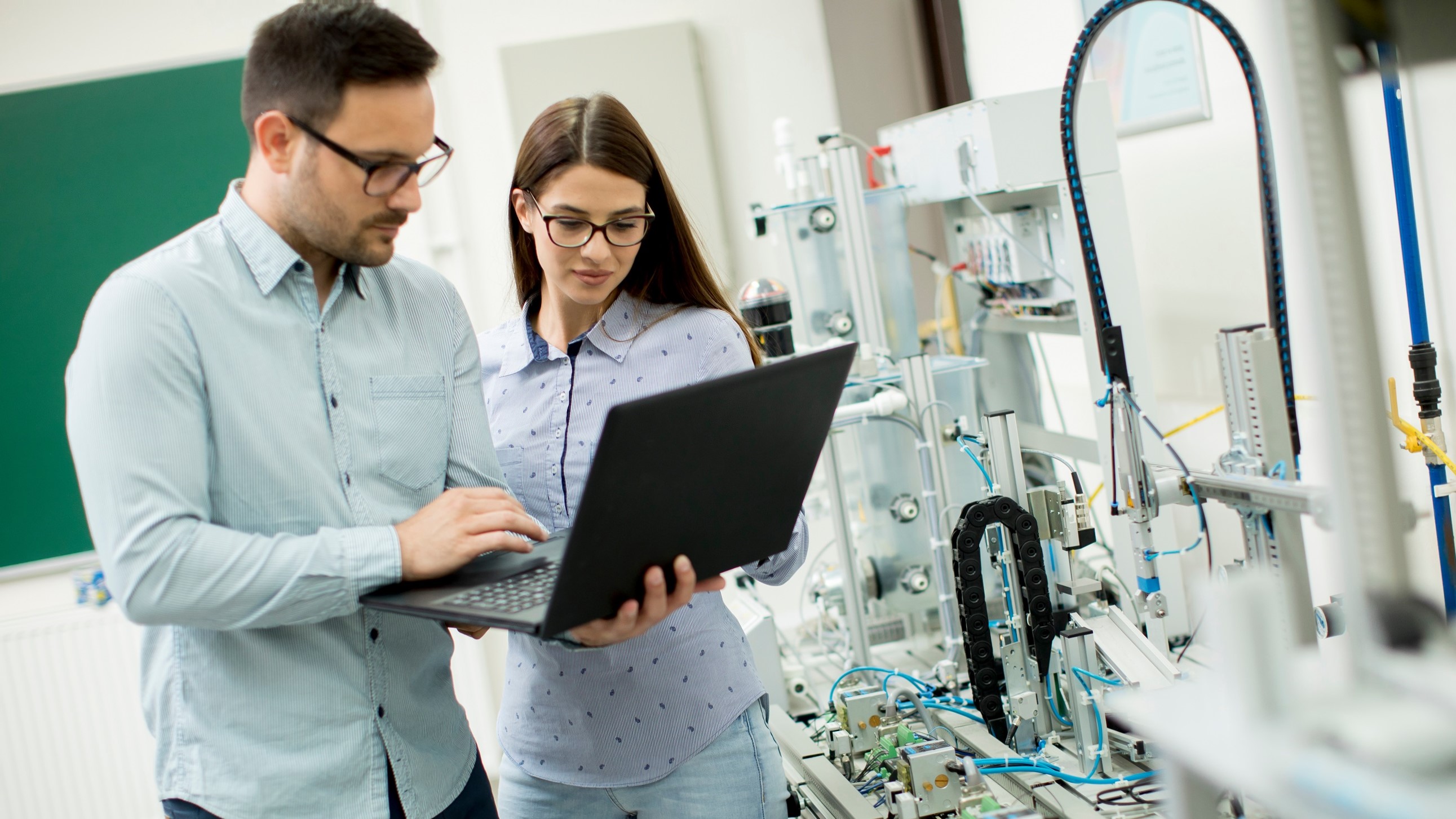The Government's 2018 budget detailed a range of changes impacting the technology sector, including funding for AI and machine learning, and encouraging more women into science and technology careers, not to mention an initial seed for a nascent space agency for Australia.
All exciting announcements.
All of these ultimately are underpinned by something else that is often taken for granted in Australia: research and development.
It’s no surprise that the budget also detailed changes to the Research and Development Tax Incentive (R&DTI).
These include a tighter focus to limit those who may be abusing the system, but also to implement some recommendations from the Innovation Australia 2016 review that include a $4 million cap on cash refunds for smaller companies, and raising the R&D expenditure threshold for tax offsets from $100 million to $150 million for larger companies.
However, driving R&D in Australia needs more than tax incentives.
As outlined in the 2016 review, some OECD countries such as Sweden and Germany use grants instead, and a mix of the two might provide a better result for Australia's ecosystem.
The government expects the changes to the R&DTI to save $2.4 billion over four years, which could be invested, for example, back into the economy in the form of grants.
But there are other factors.
In the OECD's 2017 Science and Technology Scoreboard, its most recent data ranks Australia at the very bottom – last place – for collaboration between businesses and research institutions.
The same report reveals we're in the top ten for scientific production, so clearly there's potential here as well.
Then there's culture.
Despite the fact Australia can punch above its weight -- Wi-Fi and Google Maps are but two of our innovations -- there must first be appetite and support for R&D.
Silicon Valley is often held up as a poster child due to the sheer volume of world-changing technology companies that began or scaled there, but if you visit the valley, the driving force of this is a function of the culture behind it: the willingness to take risks, to learn and share, and to grow and give back through support.
Last year while I was based in San Francisco, I got to experience this first hand.
I was pleasantly impressed by the humility of some of the top 100 venture capitalists.
Where ever I went, I was never turned down for a meeting – opportunity knocks, after all.
One of these meetings was with Andrew Braccia of Accel (which catapulted through seed funding Facebook, Spotify, Dropbox, and Australia's Atlassian among many others) on what drives innovation in the sunny state.
Key was understanding and interacting with the full ecosystem, not just your own patch.
Opportunities to collaborate are sought out.
And – something we struggle with here – there's plenty of funding available to back businesses with the right ideas and the ability to be flexible and adapt.
And an understanding that all innovation begins with R&D.
That smartphone in your pocket, which has revolutionised the way you live and built a half-trillion dollar industry, is the culmination of decades of research and development across a wide variety of fields.
Currently, the Global Innovation Index (www.globalinnovationindex.org) – which looks at a range of metrics from regulation to productive outputs – places Australia at 23rd, behind expected heavy weights the United States, the UK, South Korea and Japan.
But we're also behind China, Israel, France and even our friends across the pond in New Zealand.
Two years earlier, we were ranked 17th.
It’s time to get honest about the value of R&D in Australia, its role as an inception for innovation, and the resultant economic boost this can have for the country as a whole.
There is, in many ways, little else more important.
And if we do so, we'll get to not just keep up with the international Joneses but maybe even overtake them as well – and in the process live up to our moniker as the clever country, too.










